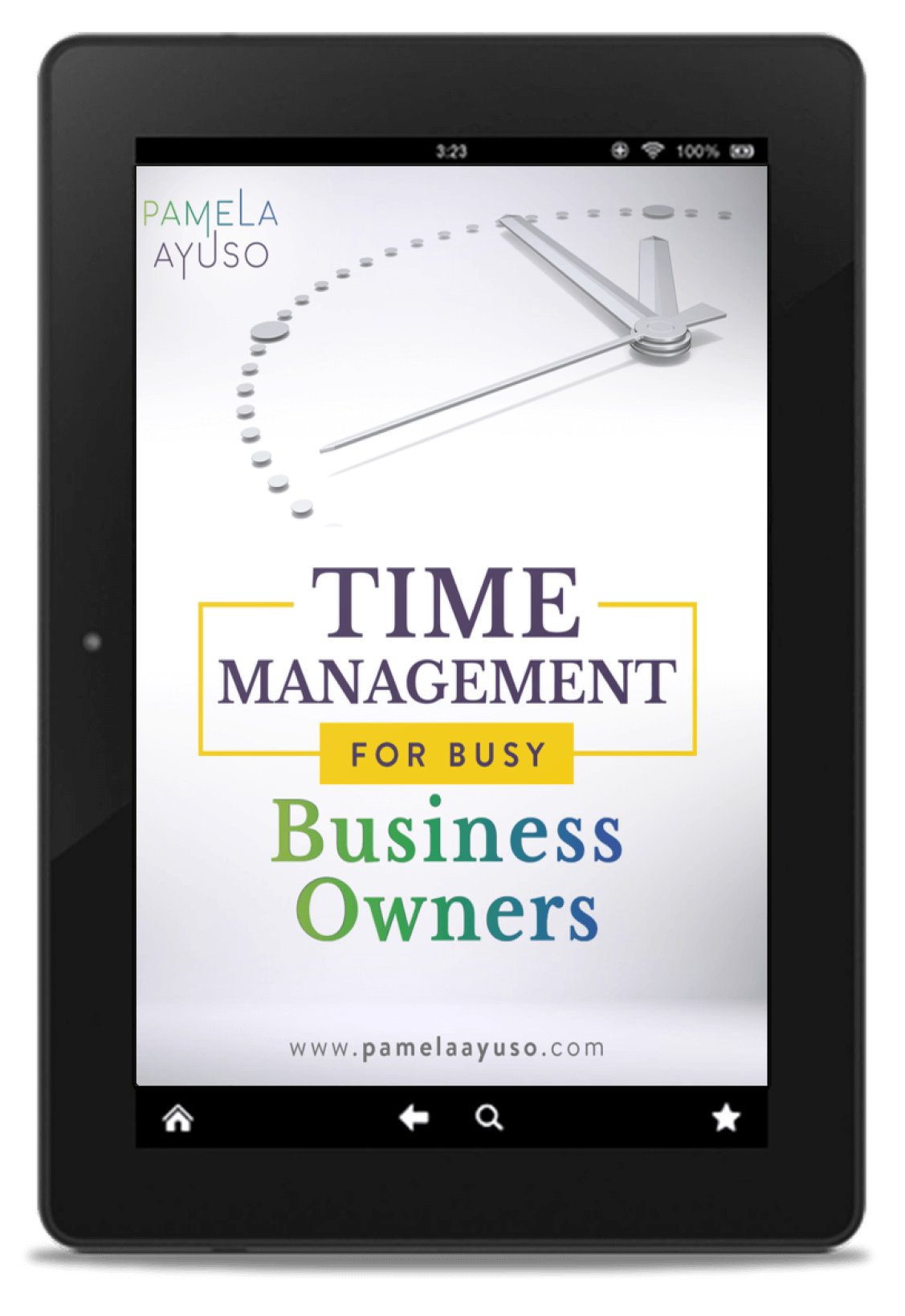At my company, Celaque, we have been looking for a Human Resources system to keep a more accurate employee database of our contractors, subcontractors, and other personnel at our construction projects. We can have as many as 300 people working on a building during our peak construction months, and using spreadsheets to track this data is no longer enough.
We have been searching for the ideal tool for over a month and have explored dozens of options. However, we have found our choices to be either too expensive or too limited. Sometimes what you need does not seem to exist. In that case, the solution to the problem is not always straightforward. The following steps may be helpful.
![[Photo: Will van Wingerden/Unsplash]](/wp-content/uploads/2021/01/will-van-wingerden-dsvJgiBJTOs-unsplash.jpg)
[Photo: Will van Wingerden/Unsplash]
1. Make sure what you need does not exist
Hire a researcher from Upwork or another freelancing site to makes sure the information system you need does not already exist. We found a researcher and asked him to comb the web, looking for options. We also asked him to fill out a chart with the options and note whether they fulfilled our parameters or not. The table also included a column for price.
A process that would have taken us hours was instead fulfilled by an expert who found over 50 options at the cost of less than $100. Unfortunately for us, none of the available systems he recommended met our requirements, but at least we knew we had searched wide enough to know that there was nothing out there that would help us.
2. Find the best option
One of the options you do have is to find the system that is closest to your needed parameters. There might not be a perfect solution, but there might be one that meets most of your requirements, or there may be one that is about halfway there, as was our case. I had never found myself in a situation where, after an exhaustive search, I was unable to find an option that was close enough. That meant that what I needed had not yet been invented within our budget – an odd place to be.
Other times, when I am searching for systems, I get lucky and find what I am looking for at my price point. Most of the time, I have needed to compromise to find a solution that is only about 80% of the way there. Nevertheless, I have usually found solutions that are close enough where I can make small tweaks to make them work for us. Although not ideal, the final solution is a significant improvement over what we previously had.
Before we had started our search, a local supplier had offered us an option that on the surface, seemed perfect. It met about 70% of our specifications, but upon closer inspection, it had a severe drawback: someone outside of the company managed the system. Therefore, we would need to feed our employees’ information so that they could organize it for us.
![[Photo: Annie Spratt/Unsplash]](/wp-content/uploads/2021/01/annie-spratt-kKGpz5brrfI-unsplash.jpg)
[Photo: Annie Spratt/Unsplash]
My personal policy is that I do not outsource sensitive information. Furthermore, whenever we choose to outsource, we lose an opportunity to learn how to do a part of the business ourselves, and the program is inevitably more expensive – the profit from that part of the work is going to an outsider. I agree that outsourcing is the right solution if you are growing quickly and need to get the problem solved rapidly or if you are solving a one-off event. In this case, though, we had the personnel available, and it is only a matter of upgrading our processes.
3. Try to make the closest solution work for you
In this case, our only option was one solution that satisfied about half of our seven requirements. All other systems were too expensive, so we decided to call the developer. Not only did we have three unfulfilled parameters, but the price was also a bit high for our budget. With the first call, we were able to negotiate a lower price. Then, the engineer that was managing the project found, with the help of the supplier, workarounds for two of our additional parameters. The company could help program the enhancements to the system, making it more valuable for us.
For instance, we needed to be able to keep track of our construction workers’ clock-in times. In the past, we have relied on ID badges, but we have found they are not secure enough. We wanted to find a solution that would allow people to sign in either with their thumbprint or cell phone. In the end, we decided a fingerprint would be the fastest choice.
The information system we were exploring did not have that option. After talking to the representative at the software company, our engineer discovered they could program that enhancement for us. With this option, we will be able to know how many people we have in our projects more accurately.
4. If all else fails, optimize the tools you are already using
Before the supplier solved the additional two requirements, I thought I was going to have to fall back on a mix of Microsoft Excel, Access, Box, and maybe even an ID management application. The plan was to optimize the tools we already had in the company and maybe add a new one, all either free or almost free. We would rebuild our workflows to ensure they were all linked to each other in the best way possible.
![[Photo: Malcome Lightbody/Unsplash]](/wp-content/uploads/2021/01/malcolm-lightbody-bIGNR9azHoU-unsplash.jpg)
[Photo: Malcome Lightbody/Unsplash]
We’d operate this way while on the lookout for better options or until we had the budget to justify an upgrade. While not ideal, I firmly believe the processes can always be enhanced to improve the overall workflow. For more on finding the right system and implementing it within the company, read Finding the Right Software Platform for Your Company, New Software: When and How to Implement into Your Business, and How to Implement a Cloud System in Your Business.
Not every search journey for systems will be straightforward. What matters the most is to be clear about the features you need and only to implement a solution if it addresses a sufficient number of them. Otherwise, you can always find creative (and cheaper ways) to solve your problem.



